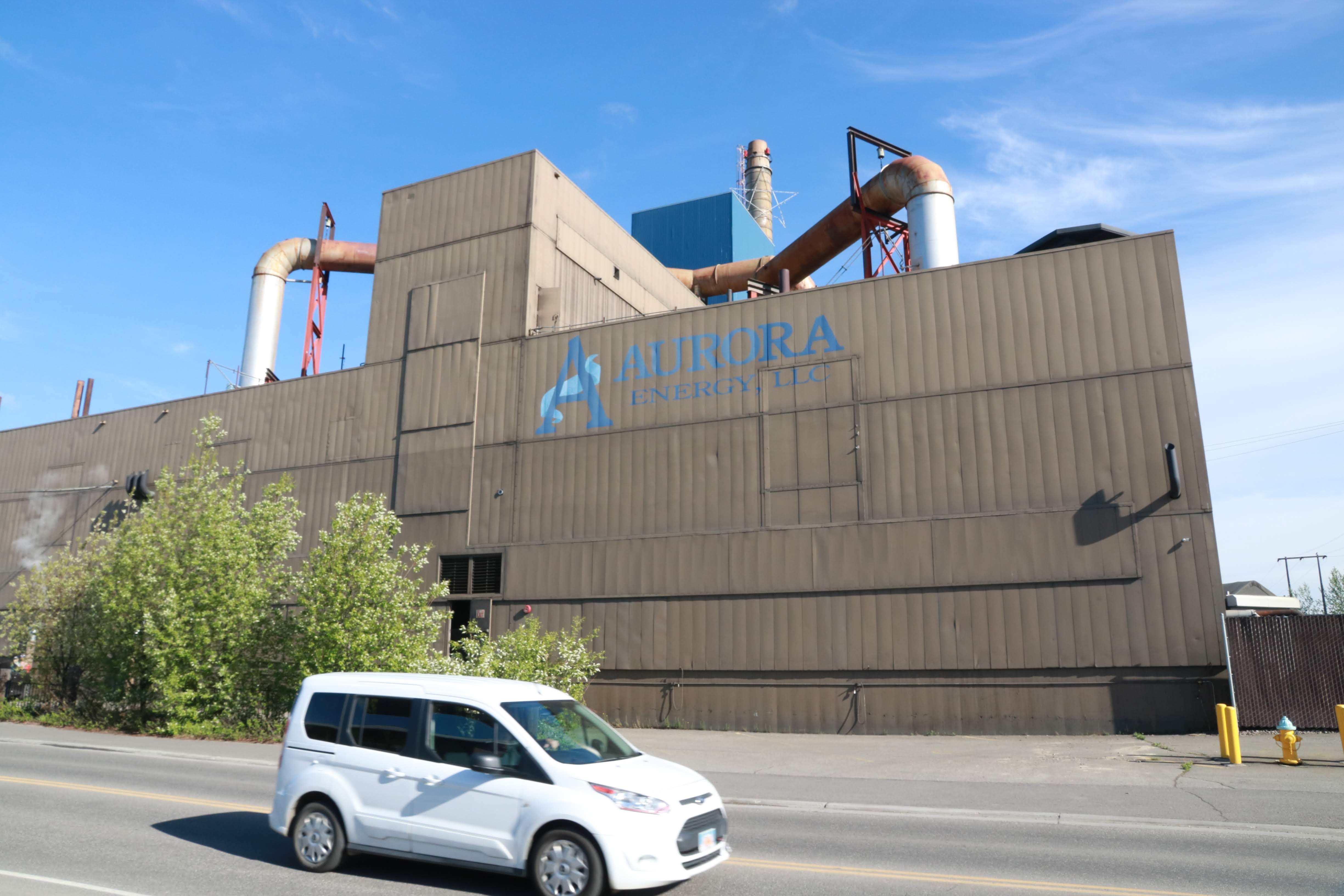I-Corps Team Turning Heat Into Ice!
November 9, 2020

Everyone needs ice. Even, perhaps especially, people in the Alaska fishing industry. But, in remote Alaska communities where heat often goes straight up the flue pipe, that heat could be turned into solid gold, as ice!
Using waste heat from power plants to make ice isn’t a new idea. It’s even been done with geothermal power plants like Chena Hot Springs. Finding the right scale for a unit that is both economical and useful is tricky.
Creating an innovation is one of the very first steps in developing a commercial product. Figuring out whether there are people – hopefully many people – who need and are willing to pay for your innovation is another challenge.
An Alaska Center for Energy and Power team is currently going through the I-Corps program to test whether their innovative method to turn waste heat into ice can find a market.
Center ICE launched the Alaska Foundational I-Corps program to help guide and empower Alaskan innovators, entrepreneurs, scientists, researchers and students to test the commercial potential of their ideas and research.
OIPC’s David Park is journeying with Patty Eagan, Robert Bensin and David Denkenberger through the I-Corps program. Park and Eagan are taking on the customer discovery portion of the project.
“It’s been a really different time during the COVID-19 pandemic,” says Park. “You could do a lot more customer discovery more efficiently by going to certain conferences and meeting people in person and in large groups that are already gathered.” I-Corps teams receive $3,000 in funding for travel to conduct customer discovery interviews.
Sometimes the customer you have in your mind is not the one who would necessarily buy your product. “We didn’t have a [firm] idea after the fishing industry of other customer segments,” said Park. “We thought of other possibilities like farms with bio-digesters and rural grocery shops that had diesel generators.”
Park and Eagan started cold calling potential customer segments. “I talked to a handful of dairy farmers and pig farmers who had bio-digesters on their farms and then I talked to some manufacturers of those kinds of systems,” Park said. Cold calls included Alaska utilities and other heat-generating facilities.
Eagan, who has a master's degree in business administration from UAF, is not new to customer discovery or the business model canvass. She understands that in the customer discovery process, understanding the technology you are developing is not important, and could actually prove to be a hindrance. You are trying to find out what issues a sector is having, and not tell them about or try to sell them on your innovation.
“To start seeing patterns, I kind of like hearing about what the inefficiencies are and where they see an opportunity, whether it's directly related to [our innovation] or not,” says Eagan. One customer she spoke to sees an area that can be improved with efficiencies. “It's not going to be solved by our technology, but it is interesting to hear directly from the people who can kind of see what needs to happen even if they can't make it happen.”
Center ICE’s Nigel Sharp is the mentor for the I-Corps teams. He has always stressed to innovators that you can have the best product in the world, but someone has to be willing to pay for it.
“If there's no need [for your product] then it's not really going to do you any good,” said Eagan. “I think that's super, super important, to come out of the rut of just making something that's really great and [instead] make sure that it's something that people want and need.”


